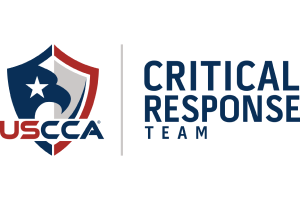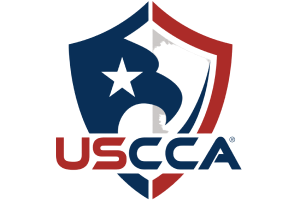Representation.
New York Penal Law § 120.02 – Reckless Assault of a Child
Aggressive New York Criminal Defense Lawyers Defending the Rights of Those Charged with Committing Violent Acts Against Children
Reckless Assault of a Child is a New York law that criminalizes the shaking, slamming or throwing of a child under five resulting in serious brain injury. Reckless Assault of a Child is a Class D felony.
The Elements of Reckless Assault of a Child
Every crime is made up of certain elements, and it is the prosecution’s burden to prove each element beyond a reasonable doubt. The elements of Reckless Assault of a Child are:
- The defendant was 18 or older;
- The defendant shook, slammed or threw a child under 5, causing the child’s head to hit a hard surface or object;
- The child suffered a serious brain injury as a result of the defendant’s actions; and
- The defendant acted recklessly.
In this context, a serious brain injury refers to any injury to the brain raising a substantial risk of death or long-term impairment. Serious brain injury can also refer to extreme rotational cranial acceleration and deceleration, plus either retinal hemorrhaging, intracranial hemorrhaging, or subdural hemorrhaging.
Examples of Reckless Assault of a Child
Although the statutory text doesn’t reference it by name, the law is intended to punish those others who cause a child to experience “shaken baby syndrome.” Under the language of § 120.02, as long as the defendant is an adult, it doesn’t matter if they are the child’s parent, caregiver, sibling, friend-of-the-family or a daycare worker.
Related Offenses to NY Penal Law § 120.02
Depending on the specific facts at issue, prosecutors may bring Reckless Assault of a Child charges along with other similar offenses, which include:
- Reckless Assault of a Child by a Child Day Care Provider – N.Y. Penal Law § 120.01
- Assault in the First Degree – N.Y. Penal Law § 120.10
- Assault in the Second Degree – N.Y. Penal Law § 120.15
- Assault in the Third Degree – N.Y. Penal Law § 120.00
- Reckless Endangerment in the First Degree – N.Y. Penal Law § 120.25
- Reckless Endangerment in the Second Degree – N.Y. Penal Law § 120.20
- Attempted Murder in the First Degree – N.Y. Penal Law § 110.05 / 125.27
- Attempted Murder in the Second Degree – N.Y. Penal Law § 110.05 / 125.25
- Attempted Manslaughter in the First Degree – N.Y. Penal Law § 110.05 / 125.20
- Attempted Manslaughter in the Second Degree – N.Y. Penal Law § 110.05 / 125.15
What Are the Defenses to Reckless Assault of a Child?
There are several defenses to the Reckless Assault of a Child. Depending on the facts of the case, a successful defense may reduce your sentencing exposure, result in the prosecution withdrawing the case against you or result in the jury returning a “not guilty” verdict. The most common defenses include the following:
- The child did not suffer a qualifying brain injury;
- Calling the credibility of the prosecution’s medical witness into question; or
- The defendant was not acting recklessly.
What Are the Penalties for Violating NY Penal Law § 120.02?
Reckless Assault of a Child is a Class D felony, which carries a maximum term of incarceration of up to seven years as well as a fine of as much as $5,000.
Have You Been Charged with Causing Shaken Baby Syndrome?
If you were recently arrested for Reckless Assault of a Child, it’s important you work with a criminal defense attorney familiar with these complex cases. Due to the very specific injuries required to prove shaken baby syndrome, the prosecution must rely heavily on the testimony of one or more expert medical witnesses. To prepare the best defense, you may need to do the same. At Tilem & Associates, P.C., we have extensive experience working with well-known and respected experts that often make the difference in our clients’ cases. We are immediately available to meet with you to get started working on a compelling defense to the charges you face. To learn more, and to schedule a free consultation today, call 877-377-8666. You can also reach us through our online contact form.

















